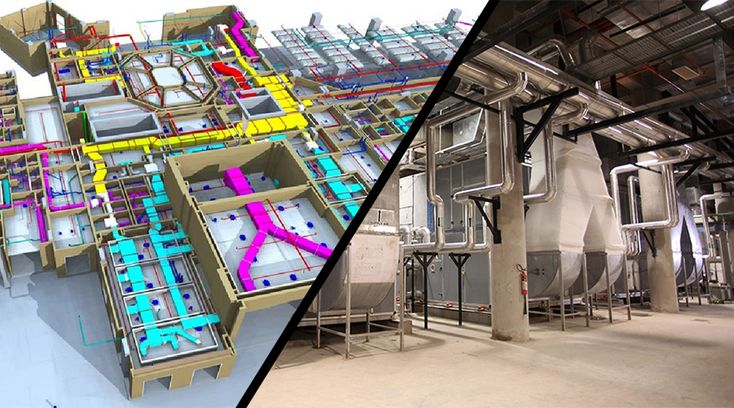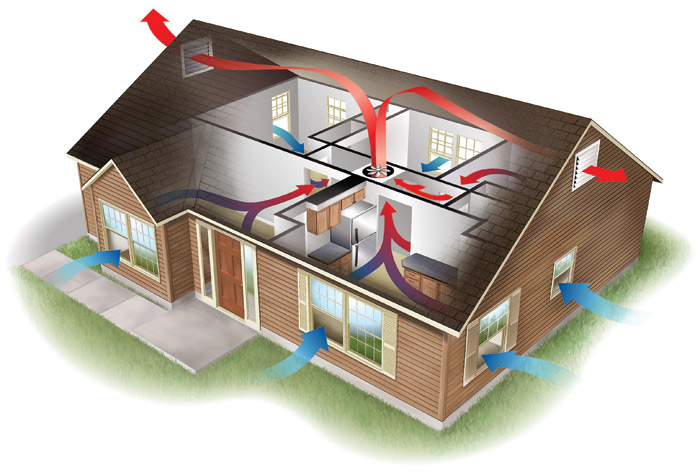In today's rapidly evolving world, the significance of integrating modern mechanical, electrical, and plumbing (MEP) systems into older buildings cannot
Seismic retrofitting can be well defined as the reformation of existing building structures to make them rigid, more resistant, and impenetrable to seismic action, soil failure, or earth motion due to tremors and earthquakes. The chief objective of seismic retrofit California is to keep the non-ductile concrete building structures and homes safe from earthquakes, vibrations, and other seismic events. After the adverse event of an earthquake, the State of California planned to make important enhancements and modifications to its building codes relating to earthquakes. In this article, we will discuss the need for seismic retrofitting in California and seismic ordinances.
Earthquake Retrofitting, Los Angeles
Introduction
Seismic retrofit is one of the most significant methods to protect homes and other building structures from being affected by seismic activities. Older structures in California are weak and defenseless to extensive destruction from seismic ground motion. All dominions permit intended structural strengthening (seismic retrofitting). Structures constructed in 1980 and earlier, when severer structural design principles were approved by the government, are more vulnerable to earthquake destruction. While some authorities have accepted minimum design principles for tremor retrofitting. The fundamental technique to picking the right code and principle is understanding the predictable amount of destruction your structure will have after a ground-shaking or earthquake.
Need of Seismic Retrofitting in California
There are approximately 1.2 million homes in California with an insufficiency that can render them uninhabitable after heavy tremors. It implicates houses or buildings constructed before 1980, but specifically before 1940. The issue is the structures haven’t been accurately supported, bolted, and reinforced to the groundwork. Wood beams and barriers that keep the home off the earth aren’t fixed firmly to the ground, and the lack of hold can cause the house to be moved off the foundation. These types of structures and homes are pretty common throughout regions of California at great risk for heavy ground shaking and quakes. Though a seismic retrofit can charge thousands of dollars, fixing a damaged home after a tremor can charge hundreds of thousands of dollars. The seismic retrofit procedure takes around two or three days to fix, involves a local executive authorization, and can be executed by a contractor or an experienced person do it by himself.
The Seismic Ordinance, California
A seismic ordinance can be described as a law or commandment passed by the local government of California requiring the assessment and retrofit of some specific types of building structures proven to be susceptible to seismic actions. These ordinances were formed in reaction to insufficient performance of some categories of structures during preceding tremors, for instance, the 1989 Loma Prieta seism and the 1994 Northridge tremor. Seismic ordinances outline the least requirements for necessary assessment and structural enhancements proposed to minimize tremor-induced destruction to categories of buildings recognized to be specifically defenseless to trembling damage.
What types of Buildings are being affected by Seismic Events?
Seismic Ordinance, California is classified by the two types of building structures including Soft-story Wood Frame building and Non-Ductile Concrete Structures. These Seismic ordinances are generally applied to those building structures erected before January 1, 1978. Additionally, various types of seismic ordinances apply to the types of structures such as unreinforced masonry buildings.
In 1986, the California Unreinforced Masonry Building Law was passed by the local authority in high seismic regions to improve an inventory for URM structures and create a loss-reduction program. The ordinances demanding seismic retrofit were passed for a minority of California towns, however, in most of the cities, the local seismic ordinances only demanded that landowners identify structures as being weak or susceptible.
Seismic Retrofit Program for Los Angeles
Soft-story and Non-Ductile Concrete Structure
Conclusion
By summing up this article, it is cleared that seismic activities such as earthquakes, tremors, ground-shaking, and vibrations caused a lot of damage and destruction in vulnerable building structures in California. These events can cause a huge loss of occupant’s life and property. Seismic ordinances were passed by the local government to make these weak structures strong enough to cope with these seismic activities. These ordinances are specifically applied to those building structures erected before 1940. The State of California has decided to impose some laws and regulations to prevent these weak structures from being affected by these events.




About Author
InnoDez